After summiting Mount Hanang and taking a few days to recover, we visited the Kondoa Rock-Art sites, a Unesco world heritage site housing prehistoric art. The collection of cave paintings is located in the Great Rift Valley, dates back thousands of years, and is among the world’s most ancient examples of human artistic expression. To get to the actual site was an adventure in itself, even though the location in the Irangi Hills is considered the “most accessible” rock art site. Our guide met us near the main road, where we then set off on two motorbikes - our car would not have been fit for the track that lay ahead of us… The 40 minute bouncy motorbike ride took us along a slippery, rocky path, which was very steep in patches, to a cliff area of large granite boulders and impressive geological formations. It was there in the rock shelters that we had a chance to get a glimpse into the past… and it was pretty cool!
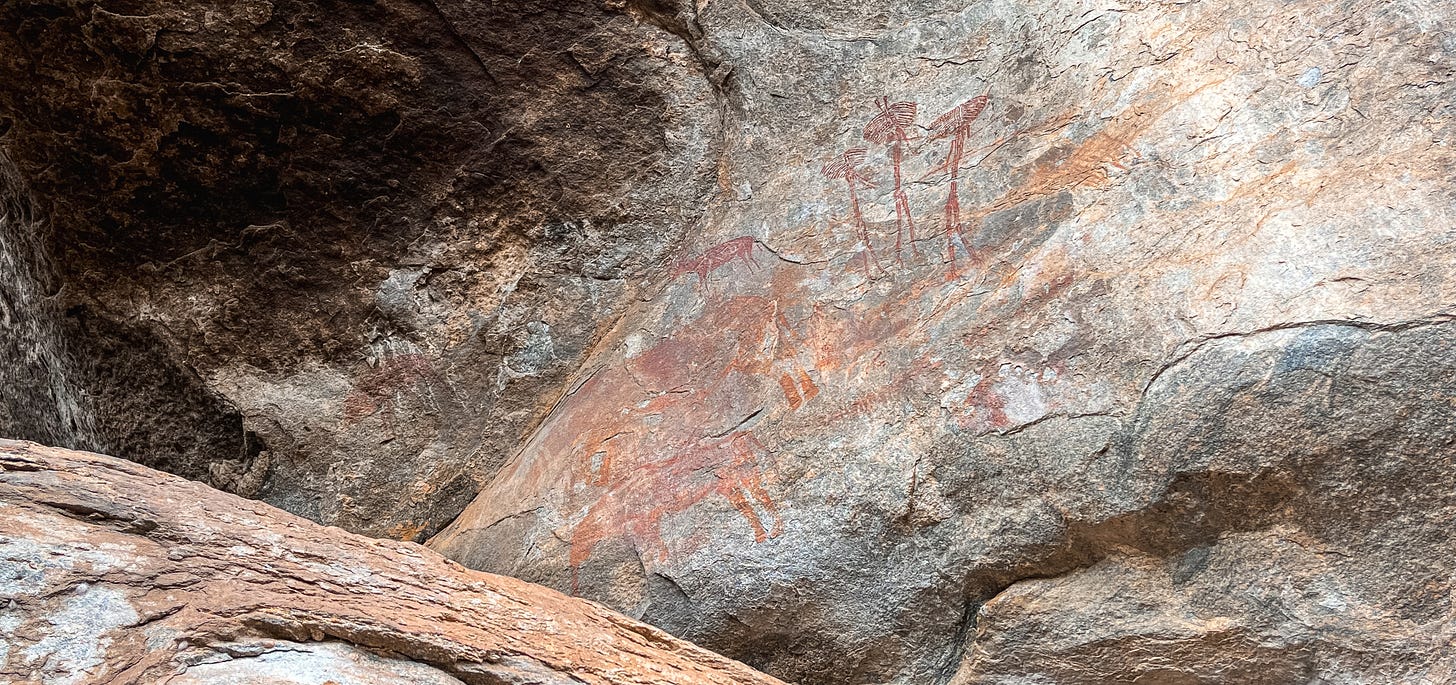


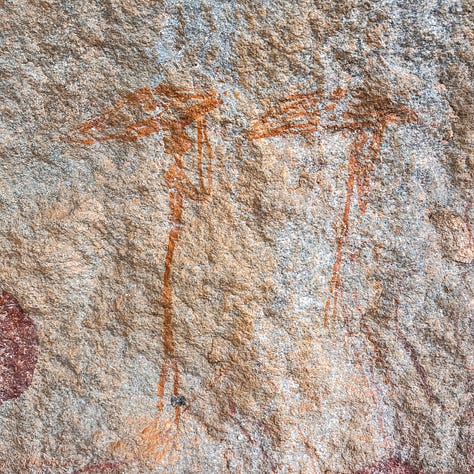
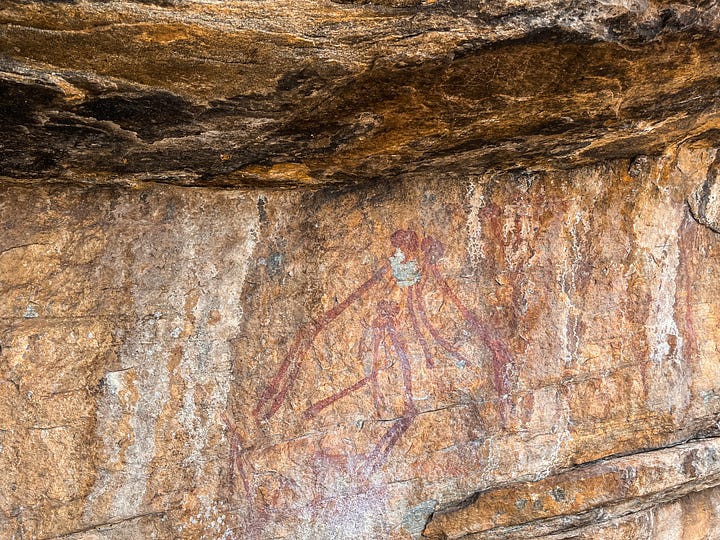
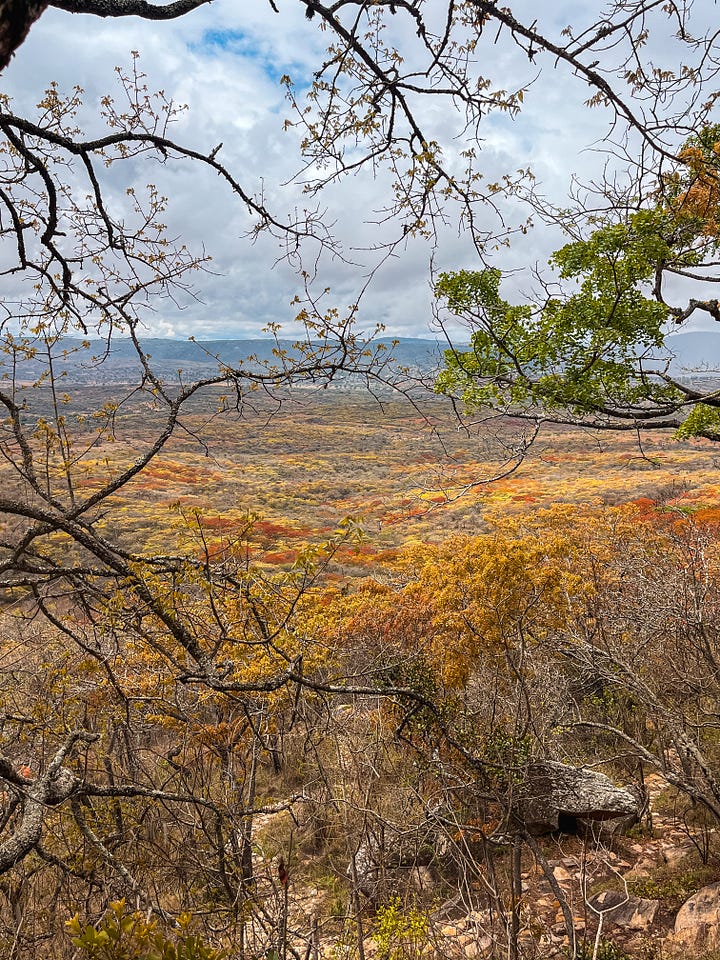
The road from Kondoa brought us back up north through Arusha, and onwards east towards the Tanzanian coast. The Swiss mountain goat had his eye on the Usambara Mountains, home to ancient forests, rare and endemic flora and fauna, and the quaint former German-colonial town of Lushoto. We (or Google Maps rather) underestimated the journey time up the mountains to Lushoto, and the sun set when we still had an hour's drive to go. It was then that we realised that our car’s headlights were as useful as shining the flame of a cigarette lighter at the road ahead - we had successfully avoided driving in the dark until this point. Needless to say it felt like the longest hour in history avoiding potholes, humans, and the steep cliff to the left that plunged into the valley below…
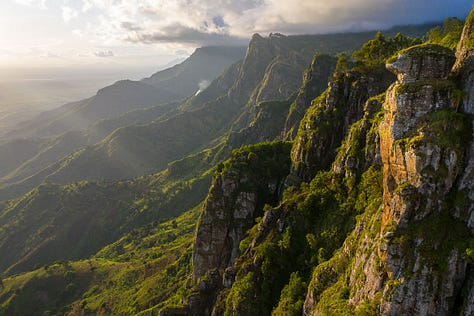
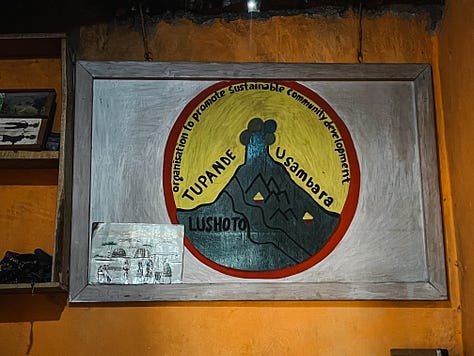
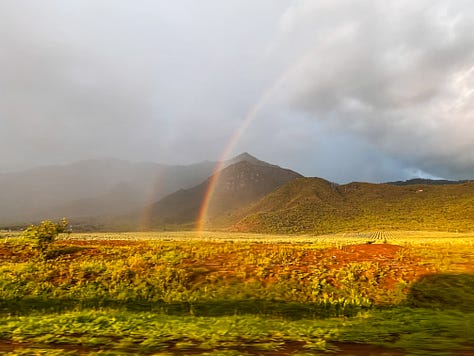
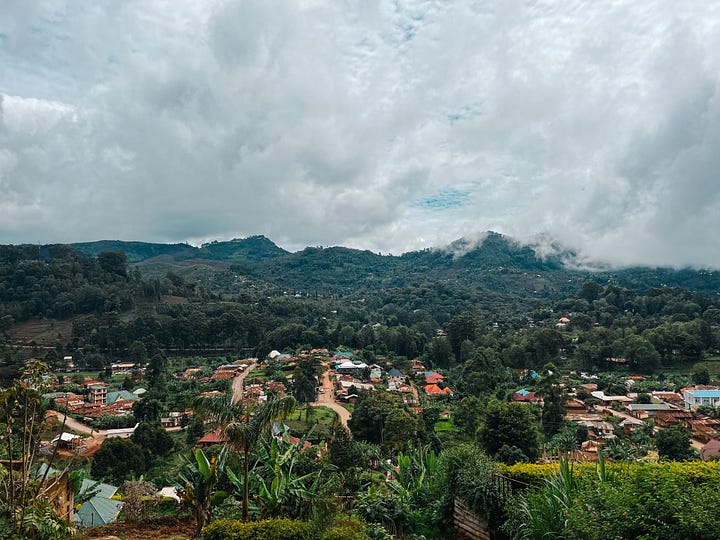

We ended up stuck in the mountain town of Lushoto in the pouring rain for six days and all plans to hike were pretty much made redundant. But it wasn’t so bad since we found the cosiest old-school hotel where we had an open fire, a small bar, a dartboard, and a few really interesting people who we hung out with for the few days. We met a super impressive young man from Tennessee called “Dakota” who is over in Tanzania with the American Peace Corps working as a primary school teacher for two years in an extremely remote location in the Usambara Mountains. He was extremely measured, patient, and well spoken, he learned Swahili to fluency within three months, and his life goal is to go into US foreign policy and become a diplomat. He was so interesting to talk to, and we learned all about the Peace Corps, how it works, how it leads you down various career paths, etc. I fully believe we met a future president of the USA in that young lad… you heard it here first!

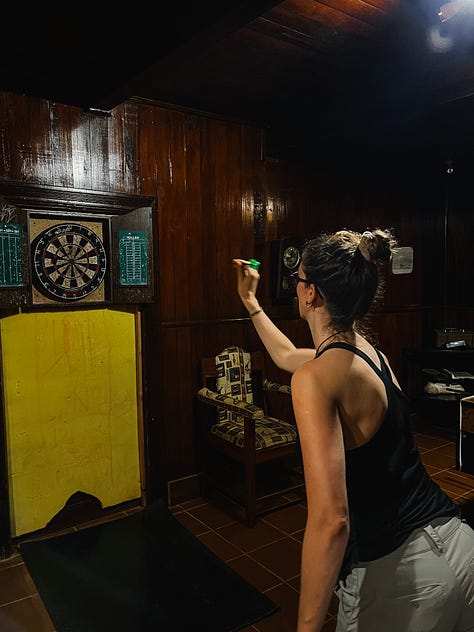
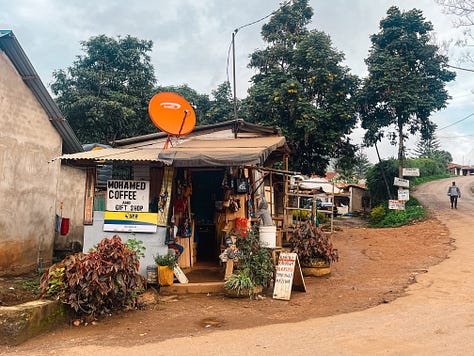
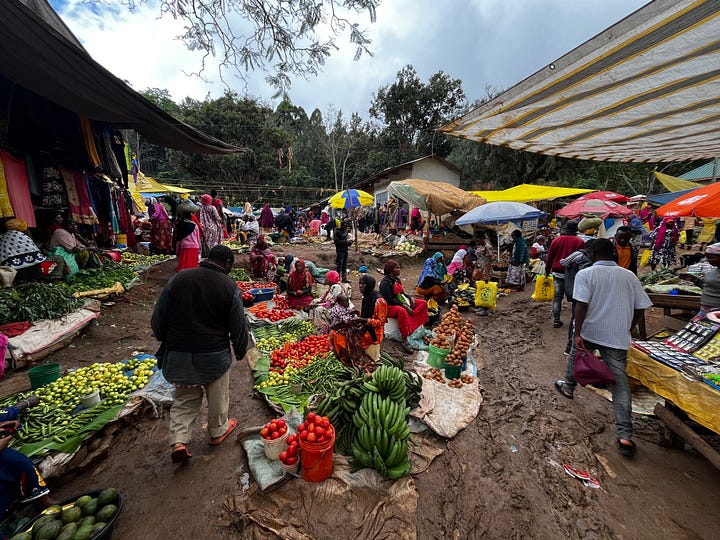
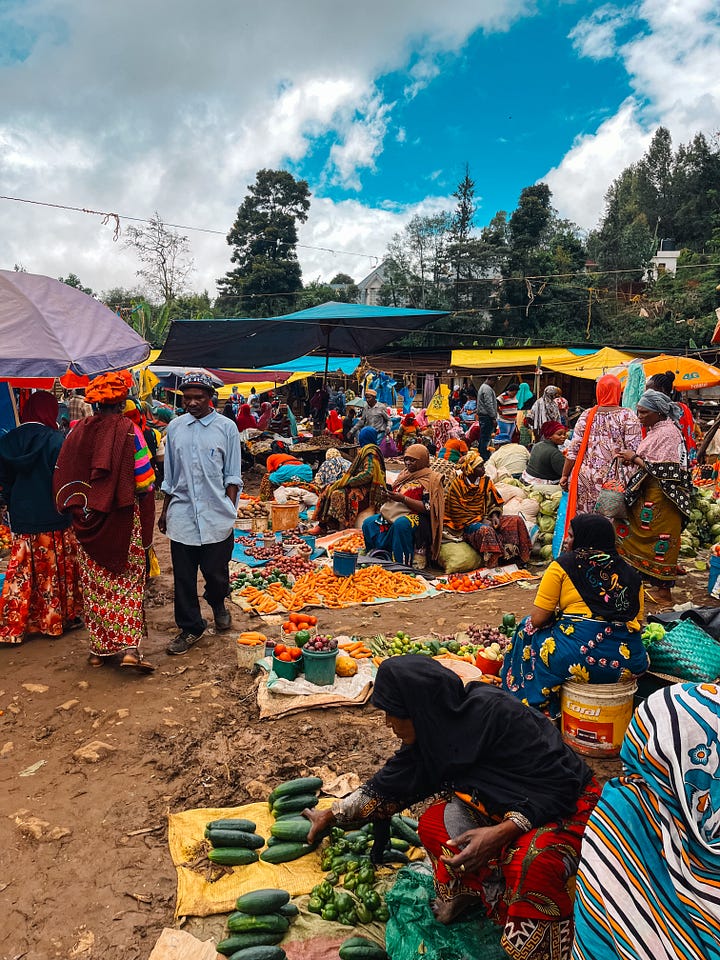

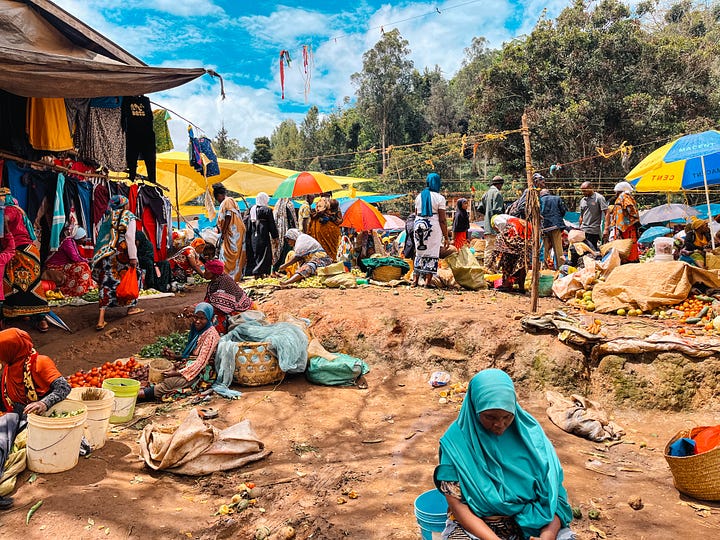
Finally the skies cleared and we made it up to Kigulu Hakwewa, one of the Usambara peaks at 1,840m. It’s easy to understand why ze Germans chose such a remote place to build their town - the climate is comfortable, the soils are extremely fertile, and it’s a really beautiful place! It was known as “Wilhelmsthal” (William’s Valley) back in the day, after Emperor Willhem II, whoever he was… There’s a German cemetery in Lushoto and it was shocking to see how many babies the German families lost, one after the other - a stark reminder of the wrath of malaria…

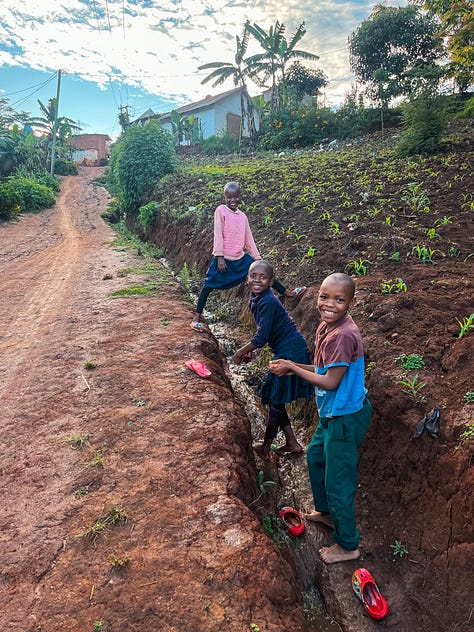
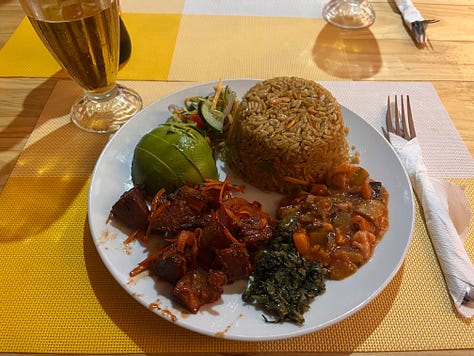
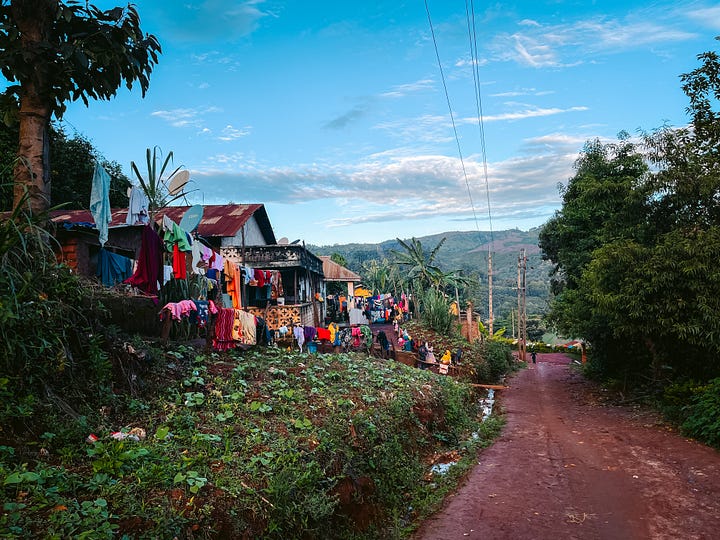
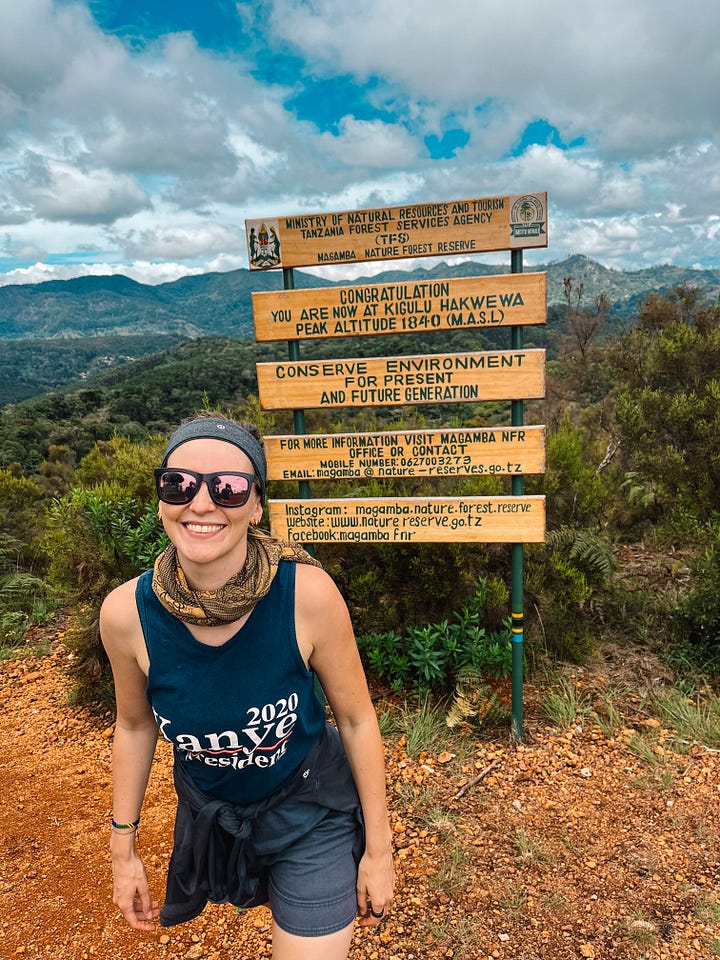
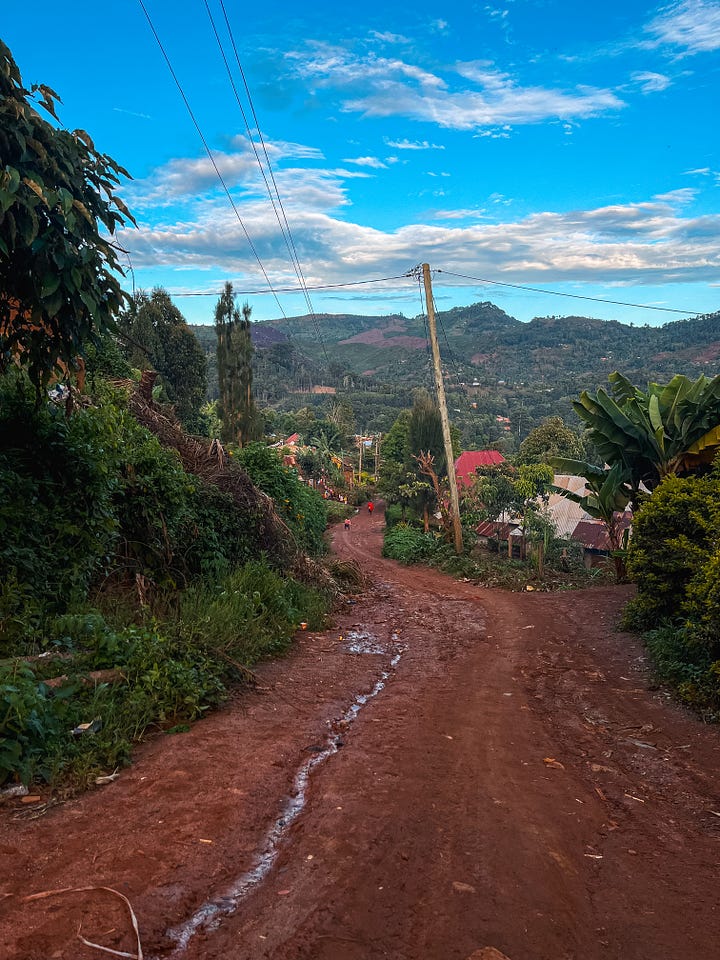

After hiding out in Lushoto for a couple of days, it was time to hit the coast of Tanzania. In Tanga, close to the Kenyan border, we stayed at the remote “Fish Eagle Point”, which is an area of conservation that is managed by the owners of an eco-resort by the same name. The Zimbabwean owners take responsible tourism to the next level - they bought up land all around to prevent it from being deforested (a big problem in many parts of Africa), they involve the local community in protecting the land and mangroves and provide educational support, they work with NGOs to restore coral reefs, they’re working with the government and facilitating patrols for bad fishing practices and mangrove protection (it’s illegal to fish with dynamite, but it still happens)…. And that’s just to name a few of the projects Fish Eagle is involved with! The accommodation is extremely basic and built in a way that respects the environment - this also meant that our hut was open to all sorts of visitors during the night including bush babies, spiders, and “whip scorpions” (a nice surprise when I was sitting on the toilet one night)… As well as that, no amount of bug spray was helpful. The price you pay to respect nature eh…

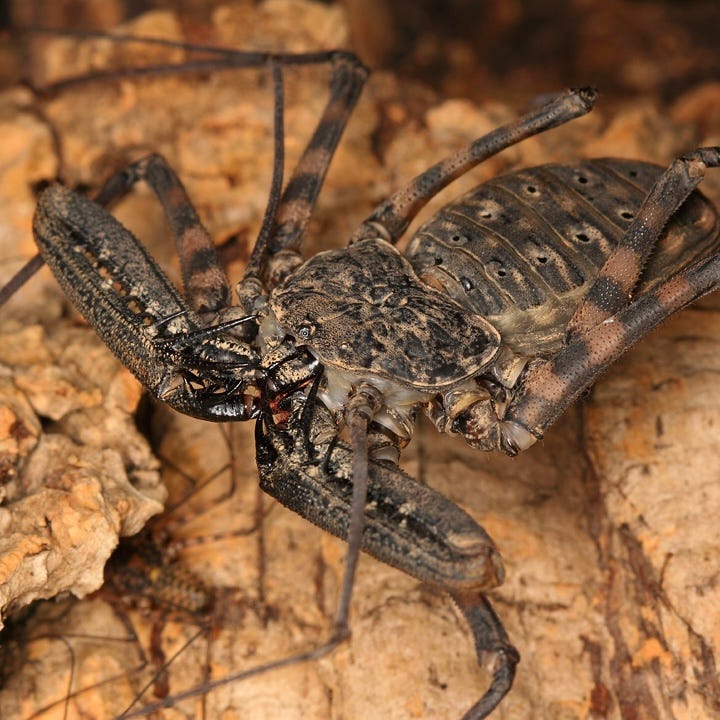
The rains came while we were at Fish Eagle Point and we had to leave before the mud roads in and out were not passable. “Fortunately” for us the roads were only flooded to about 30 - 40cm high. The car didn’t manage to emerge fully unscathed after driving through the water (like in the video), but with the help of a friendly man cycling by who happened to have a rubber rope with him (Africa you’re so wonderfully random), we were able to tie the broken “splash shield” back in place and off we went. The historical town of Bagamoyo was our next stop. Bagamoyo was the former capital of German East Africa, and prior to that was the most important slave trading Centre on mainland East Africa. Slaves made their way from central Africa, like the DRC and Western Tanzania, to Bagamoyo where they were then shipped to Zanzibar - this was considered the central slave and ivory trade route in East Africa. We did a historical walking tour in Bagamoyo and we also visited the slave museum in Stonetown, Zanzibar, and needless to say it was all as horrifying as it was educational. Honestly I have no other words… Accordingly, Bagamoyo ("Bwaga-Moyo") also means "lay down your heart" - anyone who is deported from Bagamoyo will never have another chance to see their homeland again…
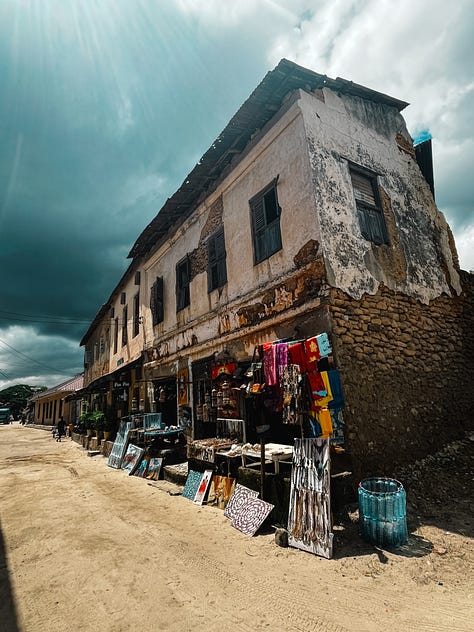
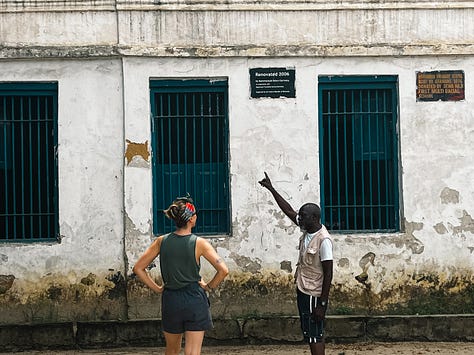
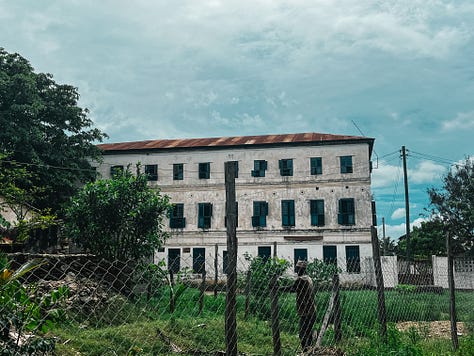
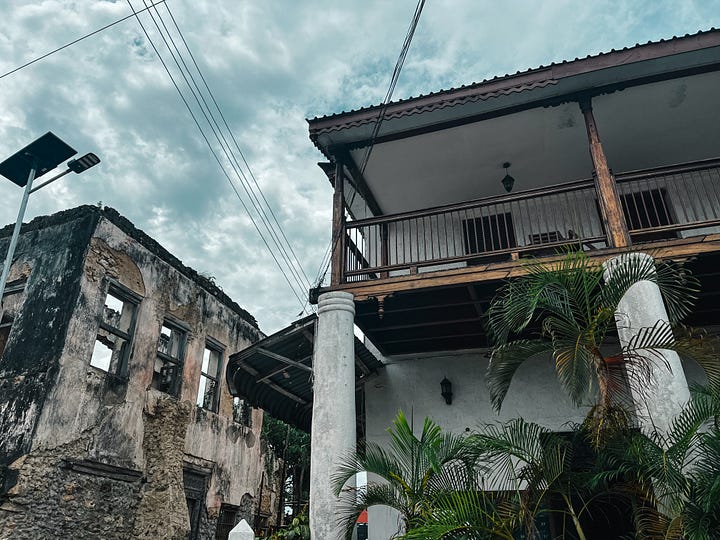

Bagamoyo is on the doorstep of Dar Es Salaam, the largest city in East Africa, and one of the fastest growing cities in the world - it’s as chaotic as you can imagine and it was probably one of the most stressful driving experiences we’ve had. But what makes Dar really nice is the fact that it’s on the coast which means it doesn’t feel as polluted as the likes of Kampala and Nairobi. However there’s not much to do there, other than enjoy the usual things that cities offer, like restaurants, museums, and shops, so after a few days we took the ferry to Zanzibar. We will bore you with details about Zanzibar in a future post, this one’s getting a bit long… But until then I invite you to enjoy “Swahili Blues” artist and famous Tanzanian jazz guitarist Leo Mkanyia. We went to his concert while we were in Stonetown and it was definitely a highlight! Check out his music here, it’s awesome!
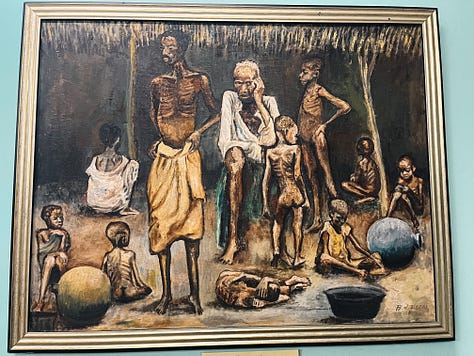
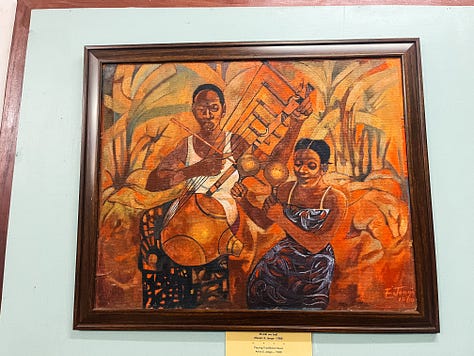
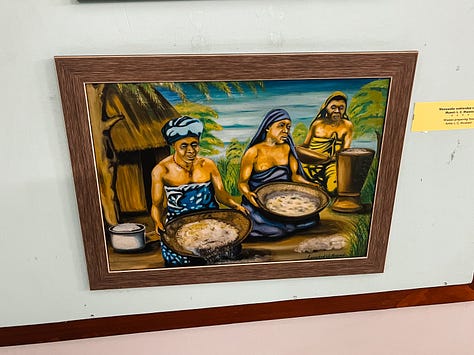
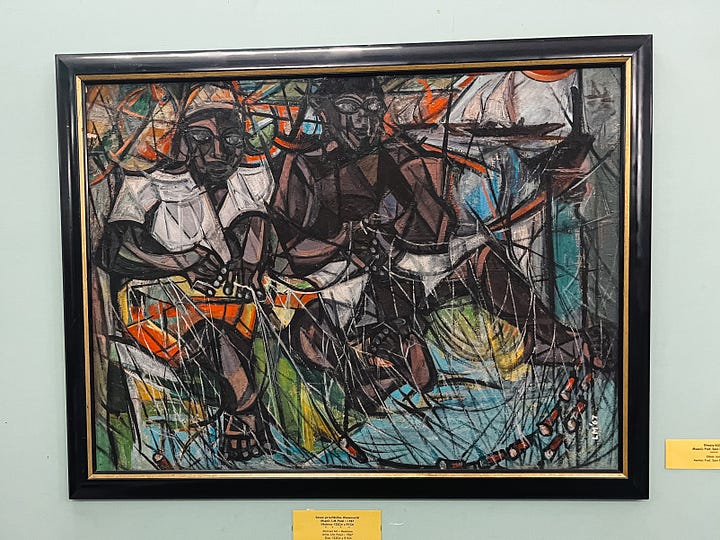
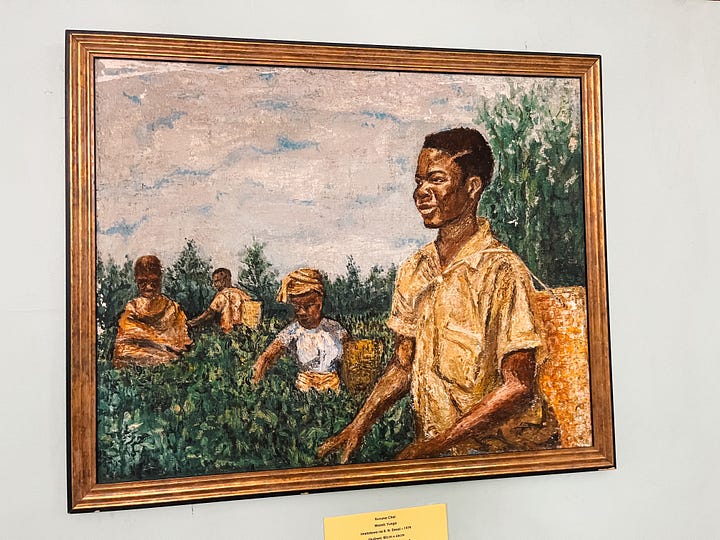
That’s all for now! Stay tuned for the third and final part of our two month drive around Tanzania…
Thanks for reading Postcards from Africa - we really enjoy sharing our adventure with you. Don’t forget to subscribe, if you haven’t already!









